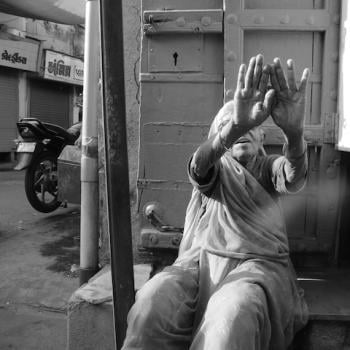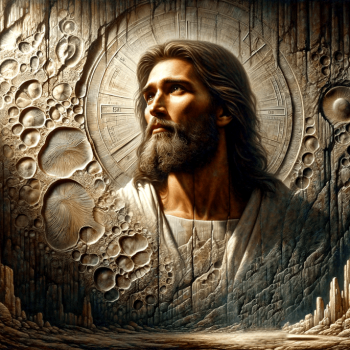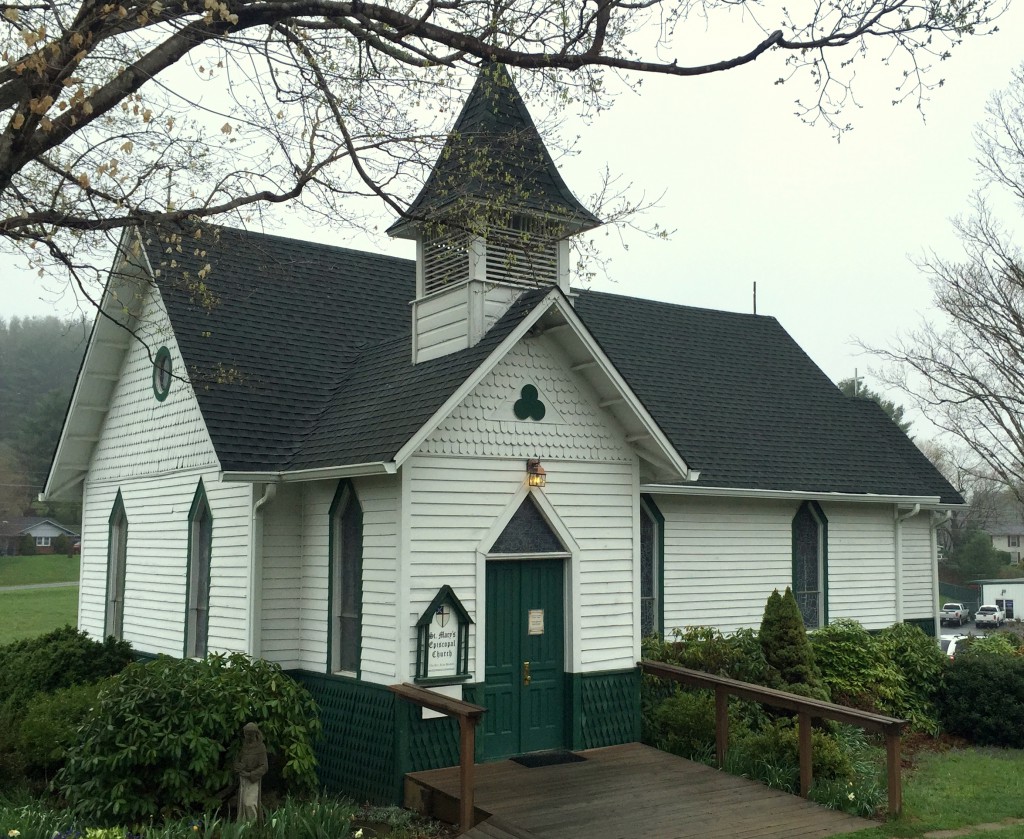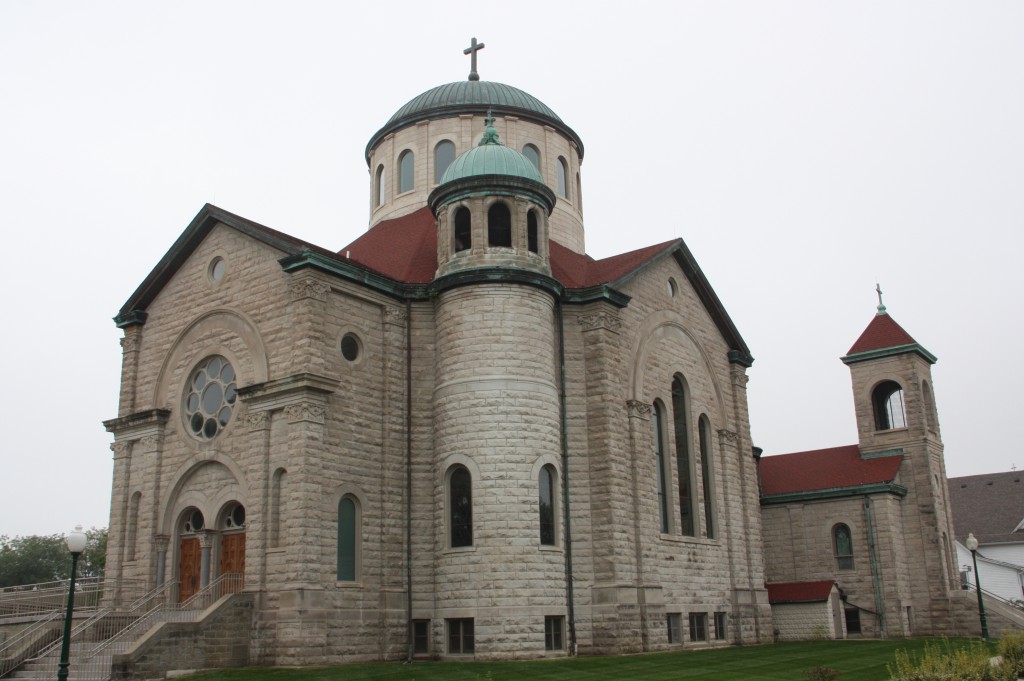
Today’s post is my monthly column for the Episcopal News Service:
Some years ago, a priest in our church made a passing comment that has stuck with me ever since. Looking up at the stained glass window behind our altar depicting Jesus as the Good Shepherd, he said, “That sheep Jesus is holding sure looks more like a cocker spaniel.”
This is the sort of comment that once heard, you never forget. Many Sundays I’ve sat in church contemplating the image of Jesus tenderly cradling that little lap dog. While dogs need divine protection as much as sheep, the window shows that the interpretation of art is indeed in the eye of the beholder.
I thought of our Good Shepherd window a few weeks ago when I visited St. Luke’s United Methodist Church in Dubuque, Iowa. St. Luke’s is well-known for its splendid Tiffany stained glass windows. I’d never had the chance to study Tiffany windows in detail before, and their color, delicacy and vibrancy amazed me. I was particularly struck by the faces portrayed in them. Even on a day with little sunshine, they shone with a remarkable luminosity and beauty.
Historians tell us that stained glass windows evolved as a way to tell Biblical stories during a time when many of the people who sat in the pews were illiterate. While the windows were a teaching tool, their colored light was also a visible sign that the sanctuary was sacred space. Stained glass artistry reached its height in Europe’s Gothic cathedrals, as anyone who has seen the windows in Chartres Cathedral or Notre Dame in Paris can attest. But here in the U.S. we’ve had our own master craftsmen, most importantly Louis Comfort Tiffany, whose work adorns many Episcopal churches.
One could argue that spending money on such accoutrements takes funds away from more important church missions. This utilitarian argument can be used against all forms of religious art, of course. I’ve heard people criticize the treasures held by the Vatican, for example, and yet if it weren’t for its commissioning and safeguarding of those works, we wouldn’t have Michelangelo’s Pieta, Raphael’s frescoes, or Bernini’s Ecstasy of Saint Teresa. Religious art, when done well, opens our hearts to the power of the spirit in a way few other things can do.
I also appreciate my visceral response when I enter a richly appointed worship space, especially one with beautiful stained glass windows. The light from the windows provides a glimpse of the heavenly light of creation, transforming ordinary sunshine into something magical and mysterious.
In my own church, I think part of what makes stained glass windows appealing is the fact that they are the same from week to week. In a culture in which digital images rush by us at ever-faster speeds, these hymns formed of colored light remain the same. Sitting in church, we have the time to contemplate them week after week, year after year, so that their layers of meanings have the chance to sink into our souls.
In our church, there’s one angel in particular of whom I’ve become very fond. She (or perhaps “he,” as gender is hard to determine in angels) looks down on me each week as I sit in my usual spot in the sanctuary. On sunny days when the angle of the sun is just right, she glows with an almost otherworldly light, reminding me that the job of angels is to serve as intermediaries between the divine and human realms.
I must admit that I’ve even grown fond of our Good Shepherd window, the one with the cocker spaniel. A few years ago when our church was renovated, there was talk of moving it to a smaller chapel. I was part of the group that spoke against the move. I feel like I know that little dog, and I know the Master who shelters him protectively in his arms. We’ve spent many Sundays together, and I would miss them if they weren’t there.














